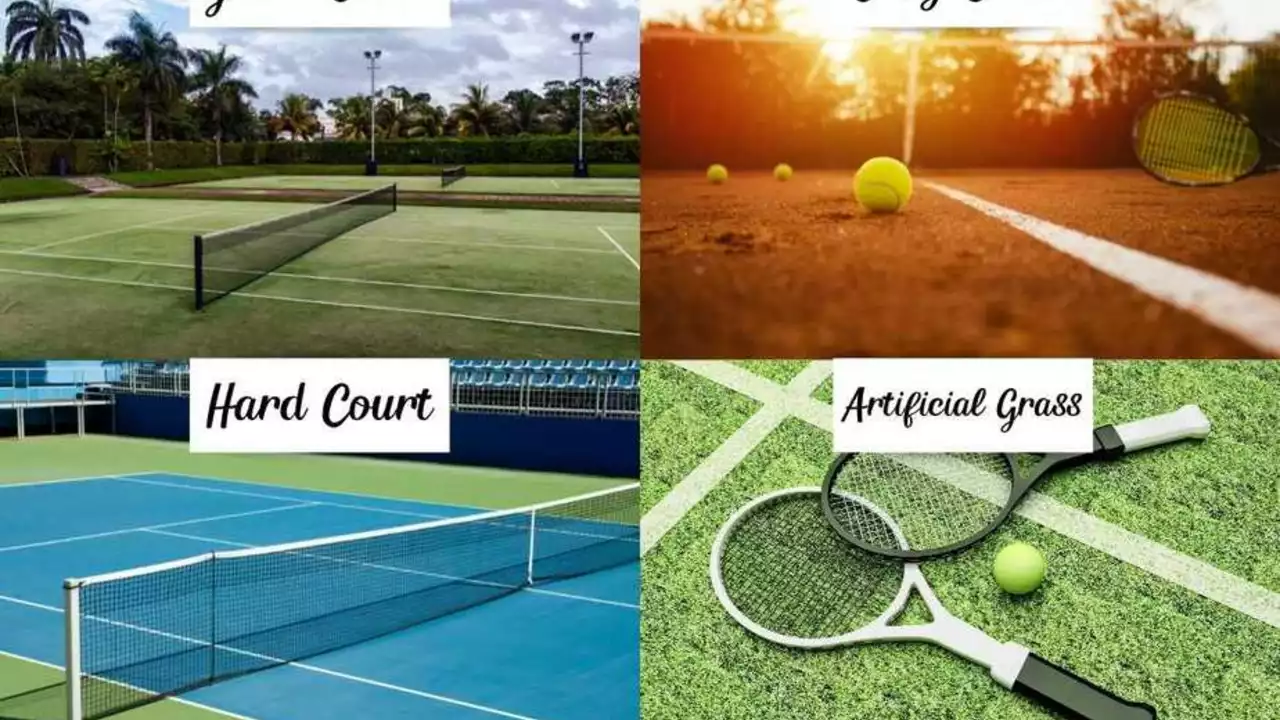Hardest Things in Tennis – What Makes Them So Tough
When you hear the word “hardest,” you probably picture a marathon match or a piece of gear that feels like a dumbbell. In tennis, the hardest moments shape legends, test stamina, and push players to the edge. Below we break down the biggest challenges you’ll hear about on the court and give you practical tips to tackle them.
Hardest Match Ever Played
The record‑breaking showdown between John Isner and Nicolas Mahut at Wimbledon 2010 is the benchmark for “hardest game.” Over three days they fought 11 hours and 5 minutes, tossing 183 games into the fifth set. The final score of 70‑68 still chills fans and players alike. What made it so brutal? Endless rallies, mental fatigue, and a grueling physical load that no one prepared for. If you ever face a marathon set, keep water close, focus on one point at a time, and use short breathing breaks to reset your mind.
Hardest Training Routines & Gear
Professional tennis practice isn’t just hitting forehands for an hour. Players start with a solid breakfast, then hit the court for focused drills, add strength conditioning, and finish with meditation. The routine is relentless, but the payoff is clear: better agility, endurance, and mental toughness. If you want a taste of that intensity, try a 45‑minute on‑court session followed by a 20‑minute core circuit, then spend five minutes visualizing your next match.
Gear can add another layer of difficulty. A heavier racket, for example, follows Newton’s second law – more mass means more force on the ball, translating to extra power. The trade‑off is that you need stronger arms and better swing timing. Beginners might start with a medium‑weight frame and gradually move up as strength improves.
Pressureless tennis balls are another hidden challenge. They stay bouncy longer, so you can practice for hours without losing consistency. Brands like Dunlop Fort All Court or Wilson US Open are fan favorites because they balance spin and control while demanding precise timing.
Even something as simple as a ball machine can feel tough if you set it to fast, random feeds. The machine forces you to react quickly, honing footwork and shot selection. Treat the machine like a sparring partner: focus on one stroke at a time, reset after each miss, and gradually increase speed.
Finally, the mental side—dealing with “tennis elbow” if you ignore it can turn a routine practice into a painful ordeal. Early rest, ice, and proper stretching keep the condition from becoming chronic. If you feel sharp forearm pain, stop, treat, and seek professional help before it derails your season.
Understanding the hardest parts of tennis helps you prepare smarter. Whether you’re watching the Isner‑Mahut marathon, lifting a heavier racket, or enduring a tough drill, remember that every tough moment is a stepping stone to stronger play. Keep your goal in sight, break challenges into bite‑size tasks, and enjoy the grind—because the hardest battles often lead to the biggest breakthroughs.
